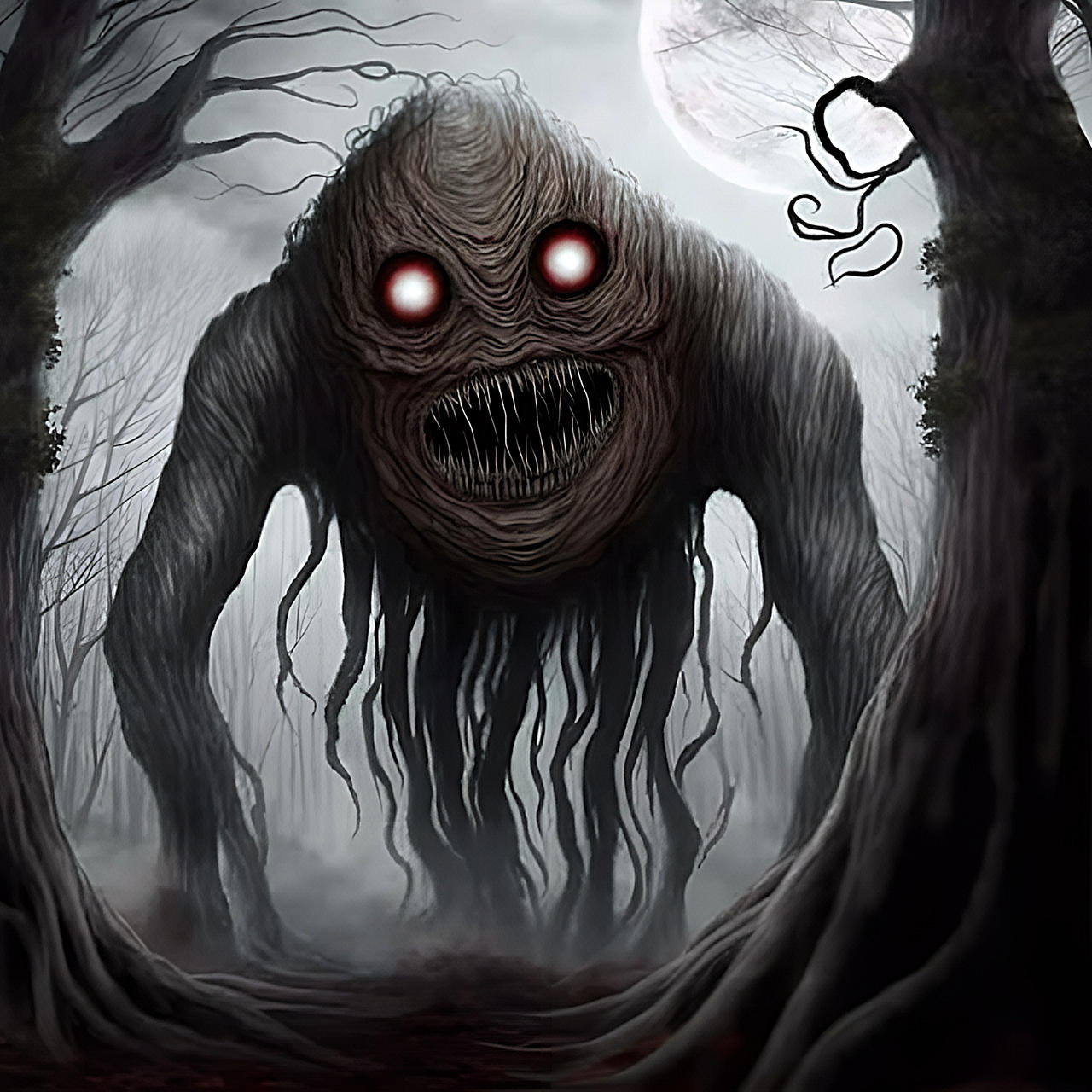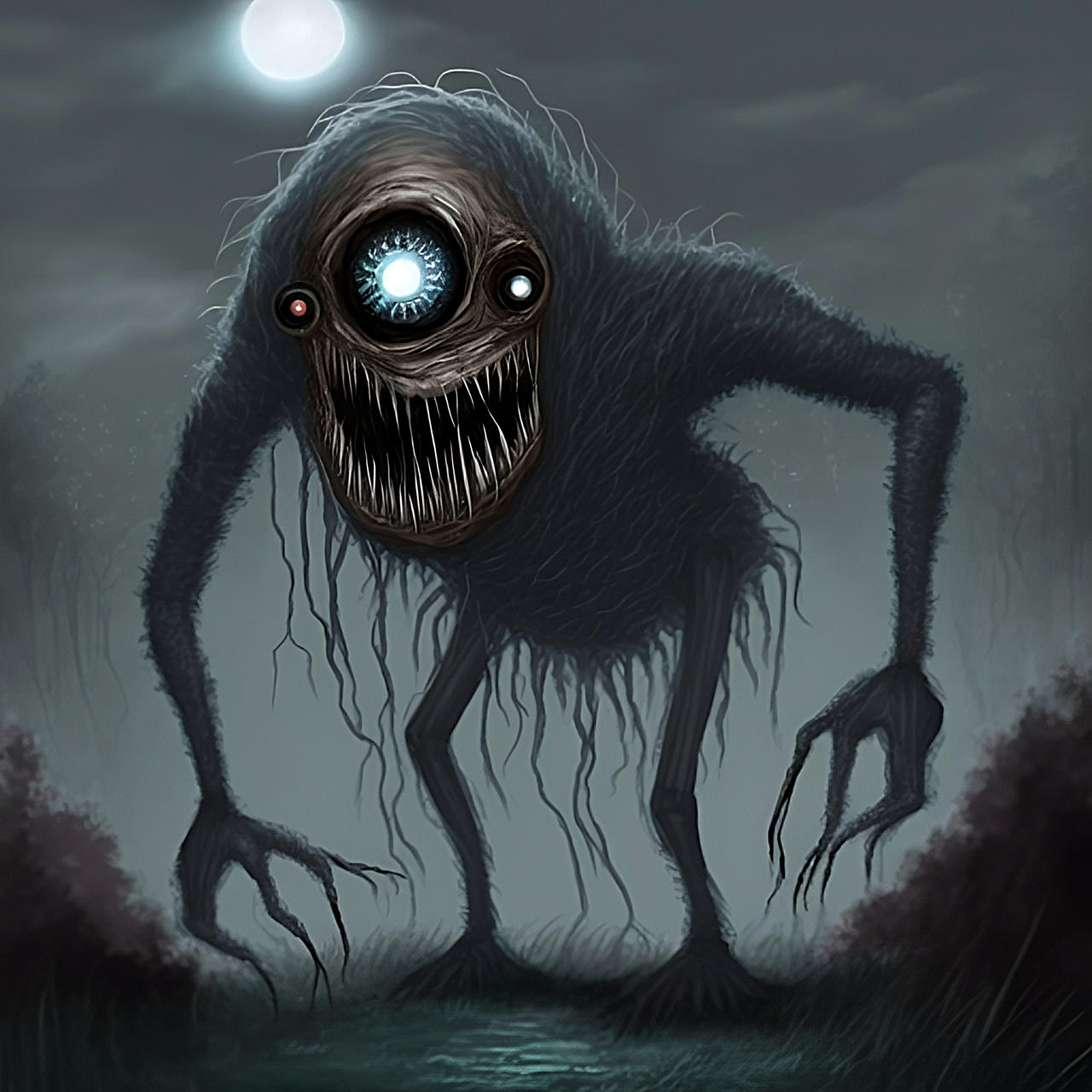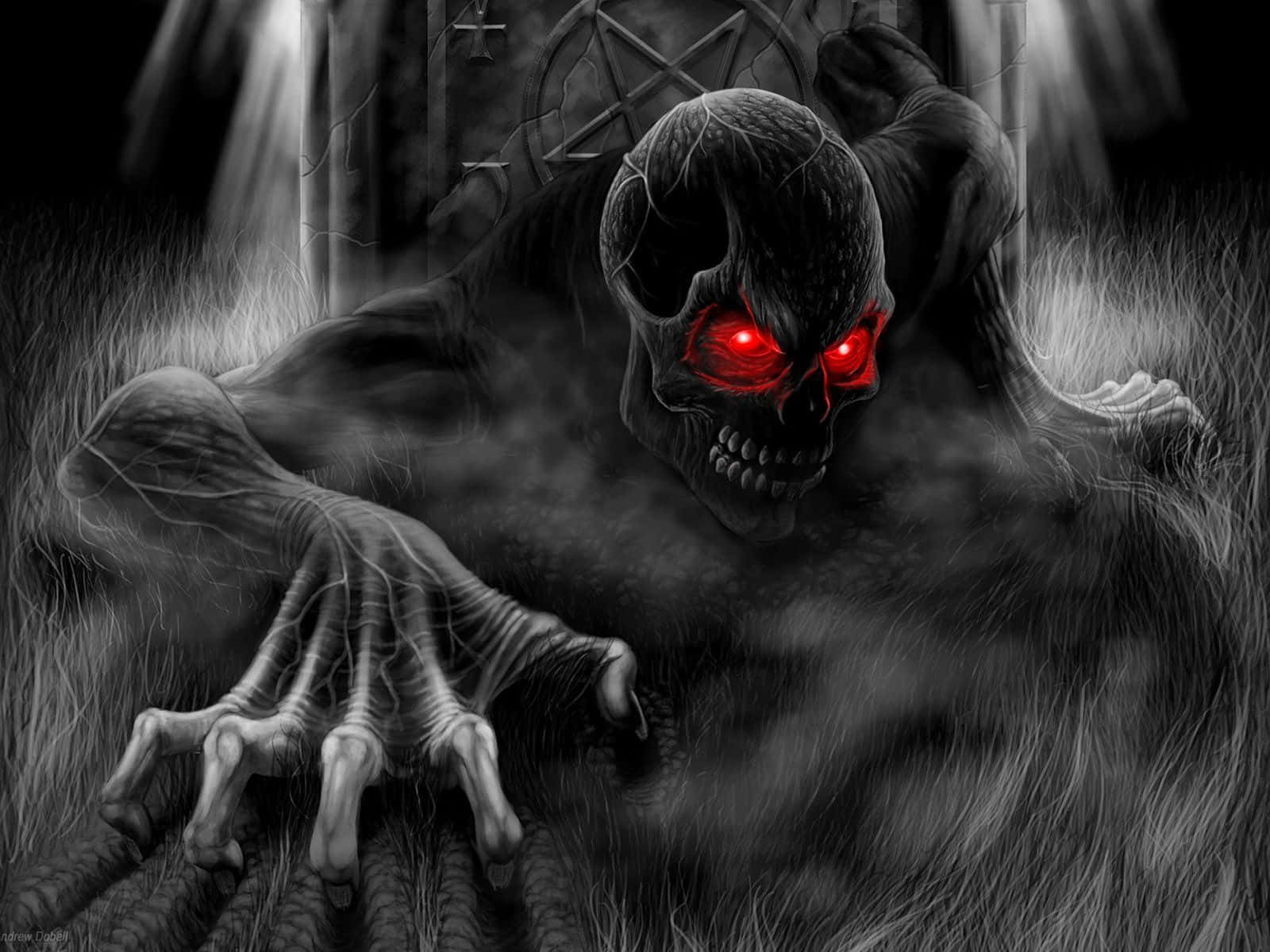AI-Generated Content
This article has been created using advanced AI technology to provide you with informative and engaging content.
AI-Curated Resources:
Sometimes, you know, the most unexpected things can give you a bit of a jolt, a little shiver down your spine. We often think of frights coming from dark movie screens, with creatures that jump out or tales that keep us up at night. But, as a matter of fact, there are moments, out there in the everyday world, where something as common as a farm animal can, in a way, make you feel just a little bit uneasy, almost like a scene from a film that sets the measure for modern tales of suspense. These aren't always big, dramatic scares, but more of a quiet, unsettling feeling that just hangs in the air.
It's true, you see, that our minds are pretty good at picking up on things that feel a little out of place, or perhaps, a little too still. We're used to certain kinds of animals behaving in certain ways, and when they don't, it can leave us with a sense of disquiet. Think about how a good story builds up unease, how it makes you feel that something is about to happen, even if it never quite does. That sort of feeling, that building of a slight tension, can happen with these horned creatures too, surprisingly enough.
So, we're going to take a closer look at how these farm dwellers, these caprine companions, can sometimes, just sometimes, present themselves in a manner that feels a touch eerie. We will consider the ways their presence can be perceived as something akin to the moments in those dark and gloomy delights that make us jump, or leave us feeling a bit rattled, the kind of things that give critics a good fright. It's all about how we experience the world, and how a seemingly innocent animal can hold a surprising amount of mystery.
- Funny Rapper Pictures
- Net Worth Of P Diddy
- Td Jakes P Diddy Party
- Swatchseries.bitbucket.io
- Buzzfeed Quiz One Direction
Table of Contents
- The Unseen Side of Scary Goats
- What Makes Some Goats Seem Unnerving?
- Are Scary Goats Just a Figment of Our Imagination?
- Recalling Moments of Farmyard Fright
- How Do Goats Create a Sense of Disquiet?
- When Goats Get a Little Too Close
- What Happens When Scary Goats Stare?
- The Enduring Mystery of Scary Goats
The Unseen Side of Scary Goats
When you think about animals on a farm, you usually picture something gentle, something calm. Yet, there is a side to these creatures that often goes unnoticed, a certain way they carry themselves that can be, well, a little bit startling. Their eyes, for instance, are quite unique, with those horizontal slits. They don't blink very often, and that unmoving gaze can feel, you know, pretty intense. It’s a look that seems to go right through you, like the unblinking stare from a figure in a suspenseful film, the kind that makes your stomach clench just a little.
Then there are their movements. One moment, they might be standing perfectly still, chewing on something, looking quite peaceful. The next, they can dart forward with surprising quickness, a sudden burst of energy that catches you off guard. This rapid shift, this unexpected dash, can really make you jump, much like a good fright in a movie house. It's not that they mean any harm, necessarily, but that suddenness, that lack of warning, is what gives you that little heart-pounding sensation, a bit of a pulse-quickening moment, almost like a jump scare without the sound effects.
Their horns, too, can add to this feeling. Even on a smaller animal, those pointy growths give them an appearance of something a little more, shall we say, formidable. When a goat lowers its head, even in play, it can bring to mind the feeling of something powerful and perhaps a touch wild. It’s a visual cue that, for some, can trigger a slight unease, a reminder that these animals possess a certain strength and a directness in their approach. This visual, you know, can be just enough to make you pause, to consider what might happen next, very much like a moment in a film that builds up a sense of impending action.
It's these subtle things, these small details in their everyday behavior and appearance, that can combine to create a rather unsettling impression. It's not about them being monsters, not at all, but about how our own minds interpret what we see and hear. The way they stand, the way they move, the way they look at you—all of it can contribute to a feeling that is, in some respects, quite similar to the quiet build-up of suspense you might find in a well-crafted story of fright. It’s a reminder that the world around us holds many small surprises.
What Makes Some Goats Seem Unnerving?
What exactly is it about some goats that makes them appear a bit unsettling? Is that it their eyes, which, as we touched on, have those unusual rectangular pupils? They don't quite look like the eyes of other animals we're used to seeing, and that difference can be a source of mild disquiet. It’s almost as if they see the world in a way we don't, or that they are privy to something we are not, a feeling that sometimes comes from watching a film about things unseen, things that make you wonder.
Then there are the sounds they make. Their bleating can be quite varied, from a soft murmur to a loud, drawn-out cry that seems to echo. Sometimes, a goat's vocalizations can sound a little, you know, human-like, or perhaps like a child crying in the distance. This unexpected quality in their voice can be quite jarring, especially if you're not expecting it. It's the kind of sound that, in a gloomy story, would signal something a little off, something that might make the hairs on your arms stand up just a little. It’s a sound that seems to carry a certain weight.
Their general demeanor, too, can play a part in why some find these scary goats a bit unnerving. They can be incredibly curious, following you around, getting very close, sometimes even nudging you. While this might be seen as friendly by some, for others, it can feel like an invasion of personal space, a persistent presence that doesn't quite back off. This kind of closeness, this feeling of being constantly observed, can evoke a similar sense of unease that you might get from a character in a film who just won't leave you alone, someone who seems to know too much.
So, it seems to be a combination of these elements: their distinct eyes, their peculiar sounds, and their rather direct way of interacting with people. These traits, when put together, create a sort of presence that can be quite memorable, and for some, a little bit on the eerie side. It's not about them being truly dangerous, but about how these traits can trigger a feeling of slight apprehension, a moment where you just feel a little bit off-kilter, a bit like watching a film that is just a touch too creepy for comfort.
Are Scary Goats Just a Figment of Our Imagination?
Is the idea of scary goats truly about the animals themselves, or is it more about how our own minds react to them? You know, our brains are wired to look for patterns, and also to spot anything that doesn't fit those patterns. When a goat does something unexpected, or looks at us in a way that feels different from what we're used to, our minds might interpret that as a signal for caution, even if there's no real danger present. It's a bit like how a suspenseful film plays with our expectations, making us think something is there when it's not, or making a sudden noise feel much bigger than it actually is.
Consider the communal release of terror and tension that people experience when watching films that give them a good fright. That feeling, that shared moment of being on edge, comes from our collective human response to the unknown, to the surprising. Perhaps, in a smaller, more subtle way, the feeling of scary goats comes from a similar place. We see something that is just a little bit out of the ordinary for a farm animal, and our instincts, you know, might just kick in, creating that slight sense of unease. It's a very human reaction to things that are not entirely predictable.
We bring our own experiences and stories to every encounter. If we've seen films where animals act in unsettling ways, or if we've heard tales about peculiar creatures, then our minds might, quite naturally, apply some of that feeling to what we see in front of us. A goat's unblinking stare, for example, might remind us of a character from a film that unnerved critics, a figure who seems to possess a deep, silent knowledge. So, in a way, the "scary" part might be less about the goat's intent and more about our brain's interpretation of its actions and appearance, influenced by all the stories we carry within us.
So, it's fair to say that the "scary" aspect of these goats might be more of a reflection of our own perceptions and the way our minds process information. It's a testament to the power of suggestion and the human tendency to find meaning, and sometimes a little bit of fright, in the unexpected. The goats are just being goats, really, but our interpretation of their behavior can turn an ordinary moment into something that feels just a touch like a scene from a film that gives you the shivers, very much a product of our own internal world.
Recalling Moments of Farmyard Fright
Many people have a story or two about an unexpected encounter with a farm animal that left them feeling a bit startled. When it comes to goats, these stories often involve a sudden appearance or a moment of surprising boldness. Imagine, for instance, walking through a field, feeling quite alone, and then, you know, a goat just pops its head up from behind a bush, seemingly out of nowhere. That quick reveal, that unexpected presence, can make you jump, much like the moments in films that are known for their jump scares, the ones that get your heart racing for a second.
Then there are the times when a goat decides to follow you, not just for a moment, but for a good long while. Their footsteps, the sound of their hooves on the ground, can create a subtle rhythm behind you, a constant reminder that you are being trailed. This can build a quiet sense of unease, a feeling of being watched that is quite similar to the tension that builds in a film where a character is being pursued. It’s not a direct threat, but the feeling of being followed can, in some respects, be quite unsettling, making you glance over your shoulder more often than you usually would.
Some goats, too, have a habit of head-butting, often in play, but sometimes just to assert themselves. Even a gentle nudge can be startling if you're not ready for it. That sudden impact, even if it's light, can give you a jolt, a physical reaction that mirrors the visceral thrill of a suspenseful scene in a film. It's a quick, unexpected physical contact that reminds you of their presence and their strength, and for a moment, you might feel a slight rush of adrenaline, a bit like the feeling when you watch a film that keeps you on the edge of your seat.
These are the kinds of moments that stick with people, the little farmyard frights that become anecdotes. They are not about true danger, but about the surprising ways these animals can interact with us, and how those interactions can trigger our natural responses to the unexpected. These encounters with scary goats, you see, are quite often just a reminder that even in the most peaceful settings, there can be moments that make you feel a little bit more alive, a little more aware of your surroundings, just like those films that leave critics feeling unnerved and spooked out.
How Do Goats Create a Sense of Disquiet?
Beyond their looks and sudden movements, there are other ways these animals can create a feeling of disquiet. Consider their eating habits, for example. Goats are known for munching on just about anything, and the sound of their chewing can be quite loud and persistent. That rhythmic grinding, that constant sound of tearing and munching, especially if it's happening close by, can be a little bit unsettling. It’s a sound that, in a quiet setting, can seem to amplify, creating a rather peculiar atmosphere, much like the subtle, creepy sounds in a film that build up to something more.
Their ability to climb and stand in unusual places also contributes to this feeling. You might see a goat perched precariously on a rock, or even on the roof of a small shed, looking down with that unblinking stare. This unexpected sight, a large animal in a place you wouldn't expect it to be, can be quite jarring. It defies our usual understanding of where animals belong, and that defiance can create a sense of things being a little bit off, a little bit out of place. It’s a visual that could easily be part of a mysterious or creepy setting in a story, giving you a quiet sense of wonder mixed with a touch of unease.
Then there's the distinct smell that sometimes accompanies them. While not inherently scary, a strong, musky scent can add to the overall sensory experience of encountering these animals. When combined with their appearance and sounds, it can create a very immersive feeling, a full sensory input that, for some, might just push the experience into the realm of being a little bit too much, a little bit too intense. It's like how a film uses all its elements—sight, sound, and even implied atmosphere—to create a complete feeling of dread or suspense.
So, these are the various ways in which goats can, quite unintentionally, create a sense of disquiet. It's the combination of their unique physical traits, their sounds, their unexpected behaviors, and even their scent. All these elements work together to form an impression that, for some, crosses over from simply observing an animal to experiencing something that feels a touch more unsettling,
AI-Enhanced Visual Content


